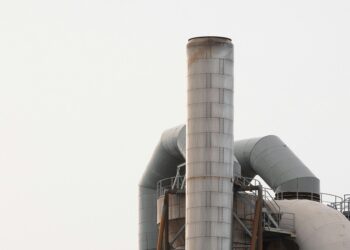Additional volumes from enhanced oil recovery (EOR) slated to come on stream after 2020 could boost tight oil production in the US by 1.5-3 million b/d by 2030, up to 25% more oil than is being forecasted today, according to analysis from Wood Mackenzie.
“Growth in US tight oil continues to impress as development technology and techniques have yet to mature beyond adolescence,†explained Phani Gadde, WoodMac senior North America upstream analyst.
WoodMac notes that these technologies are in early test phases and not yet commercial, but indicators suggest up to a 100% increase in recovery rates. Pilot tests are being conducted by operators such as EOG Resources Inc. in the Eagle Ford shale (OGJ Online, Apr. 8, 2010).
“This is going to happen, like horizontal drilling and [hydraulic fracturing], leading to another step-change in production technology,†noted Skip York, WoodMac principal analyst, Americas downstream, midstream and chemicals.
The crude oil export ban, however, could delay such advancement, York warns. Excessive production could drive down US crude oil prices by more than $30/bbl compared with their international benchmarks, stranding barrels in reservoirs and leading to no net change in US tight oil volumes.
Policymakers could lift the export ban to preserve current investment levels if US crude prices fall compared with international benchmarks, resulting in improved US tight oil wellhead margins by $5/bbl.
The margin improvement would then attract additional investment, yielding another 350,000-450,000 b/d, WoodMac says. This environment would attract more capital—where every $5 billion invested could yield additional production of 400,000 b/d over 5 years.
Ann-Louise Hittle, WoodMac head of macro oils, added, “The fact these additional volumes are poised to have an impact after 2020 means the increased US tight oil production above our current forecast is likely to be absorbed without a strong effect on Brent oil prices. This is particularly the case because of potential long-term political risk in key future sources of supply such as Iraq’s.â€

















































